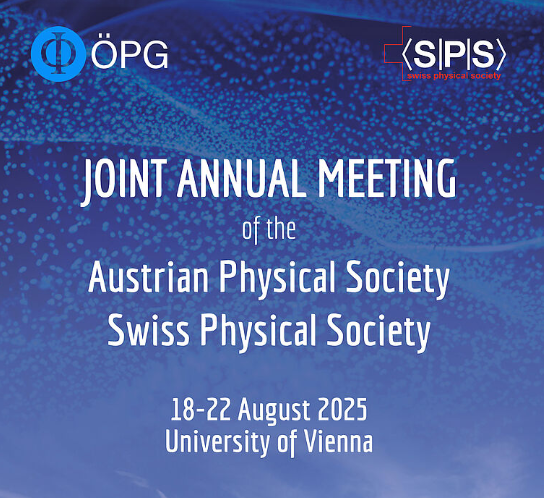https://doi.org/10.1140/epjc/s10052-022-10634-0
Regular Article - Theoretical Physics
Non-trivial class of anisotropic compact stellar model in Rastall gravity
Centre for Theoretical Physics, The British University in Egypt, P.O. Box 43, 11837, El Sherouk City, Cairo, Egypt
Received:
29
May
2022
Accepted:
24
July
2022
Published online:
5
August
2022
We investigated Rastall gravity, for an anisotropic star with a static spherical symmetry, whereas the matter-geometry coupling as assumed in Rastall Theory (RT) is expected to play a crucial role differentiating RT from General Relativity (GR). Indeed, all the obtained results confirm that RT is not equivalent to GR, however, it produces same amount of anisotropy as GR for static spherically symmetric stellar models. We used the observational constraints on the mass and the radius of the pulsar Her X-1 to determine the model parameters confirming the physical viability of the model. We found that the matter-geometry coupling in RT allows slightly less size than GR for a given mass. We confirmed the model viability via other twenty pulsars’ observations. Utilizing the strong energy condition we determined an upper bound on compactness  , in agreement with Buchdahl limit, whereas Rastall parameter
, in agreement with Buchdahl limit, whereas Rastall parameter  . For a surface density compatible with a neutron core at nuclear saturation density the mass-radius curve allows masses up to
. For a surface density compatible with a neutron core at nuclear saturation density the mass-radius curve allows masses up to  . We note that there is no equation of state is assumed, however the model fits well with linear behaviour. We split the twenty pulsars into four groups according to the boundary densities. Three groups are compatible with neutron cores while one group fits perfectly with higher boundary density
. We note that there is no equation of state is assumed, however the model fits well with linear behaviour. We split the twenty pulsars into four groups according to the boundary densities. Three groups are compatible with neutron cores while one group fits perfectly with higher boundary density 
 which suggests that those pulsars may have quark-gluon cores.
which suggests that those pulsars may have quark-gluon cores.
© The Author(s) 2022
 Open Access This article is licensed under a Creative Commons Attribution 4.0 International License, which permits use, sharing, adaptation, distribution and reproduction in any medium or format, as long as you give appropriate credit to the original author(s) and the source, provide a link to the Creative Commons licence, and indicate if changes were made. The images or other third party material in this article are included in the article’s Creative Commons licence, unless indicated otherwise in a credit line to the material. If material is not included in the article’s Creative Commons licence and your intended use is not permitted by statutory regulation or exceeds the permitted use, you will need to obtain permission directly from the copyright holder. To view a copy of this licence, visit http://creativecommons.org/licenses/by/4.0/.
Open Access This article is licensed under a Creative Commons Attribution 4.0 International License, which permits use, sharing, adaptation, distribution and reproduction in any medium or format, as long as you give appropriate credit to the original author(s) and the source, provide a link to the Creative Commons licence, and indicate if changes were made. The images or other third party material in this article are included in the article’s Creative Commons licence, unless indicated otherwise in a credit line to the material. If material is not included in the article’s Creative Commons licence and your intended use is not permitted by statutory regulation or exceeds the permitted use, you will need to obtain permission directly from the copyright holder. To view a copy of this licence, visit http://creativecommons.org/licenses/by/4.0/.
Funded by SCOAP3. SCOAP3 supports the goals of the International Year of Basic Sciences for Sustainable Development.




